News from Yr 3/4
Bullying No Way Day, Spelling, Mathematics, Religious Education and Writing

News from Yr 3/4
Bullying No Way Day, Spelling, Mathematics, Religious Education and Writing
On Friday March 18th, we celebrated Bullying No Way day. This is a National day dedicated to bringing awareness and understanding to what bullying actually is. It is a very important day of action against bullying and violence. At St Bridget's we like to encourage kindness and compassion.
Understanding what bullying is and why it happens is critical to finding positive ways to eradicate bullying from our schools. The students in Year 3/4 participated in a brainstorm about what they believe bullying is. We split up into groups and had a chat about keywords, phrases, pictures, that help us to define bullying. Then, we came together as a class and shared our ideas. I was very impressed with the fantastic list we were able to create together. Afterwards, we watched a video and learned the definition of bullying and we heard some examples.

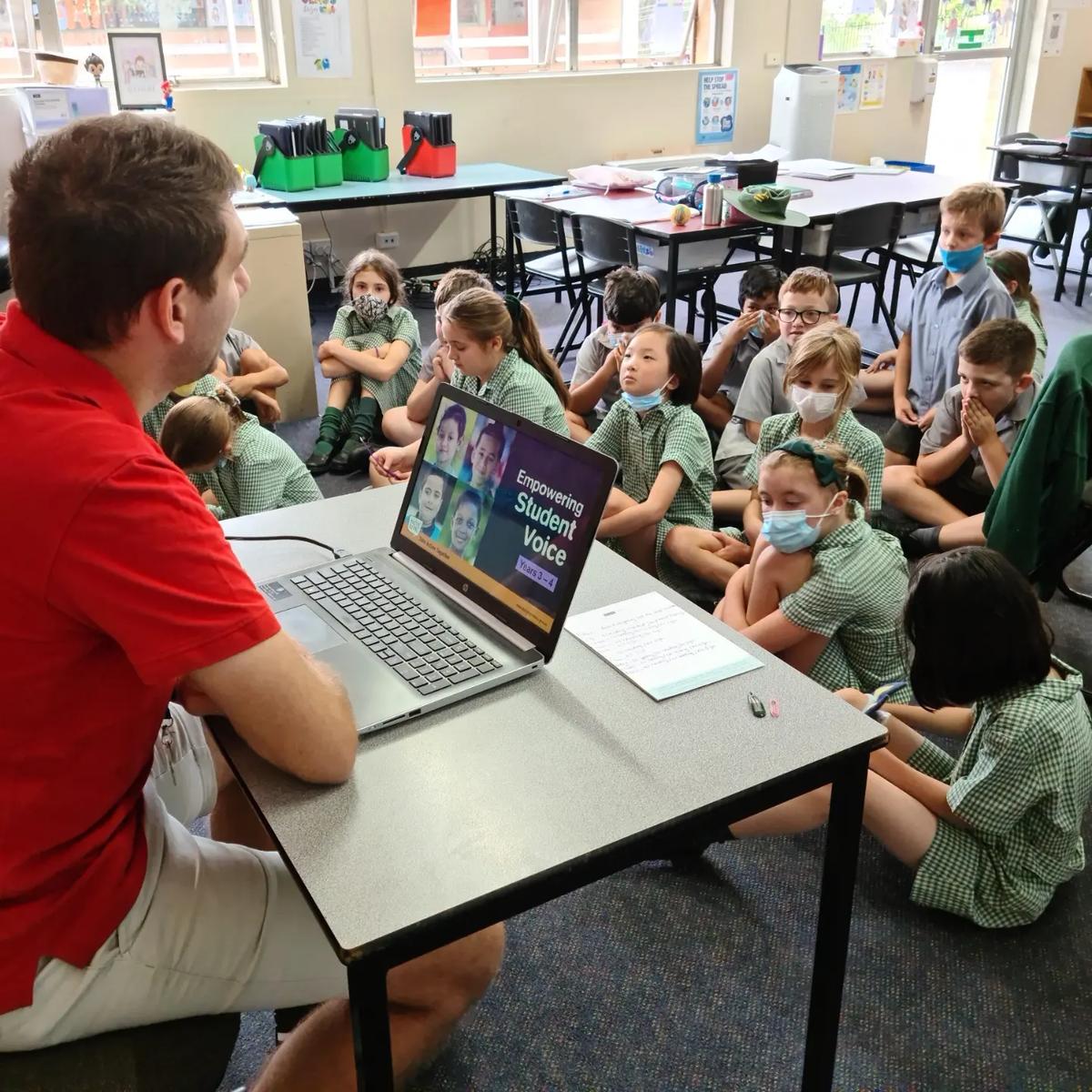

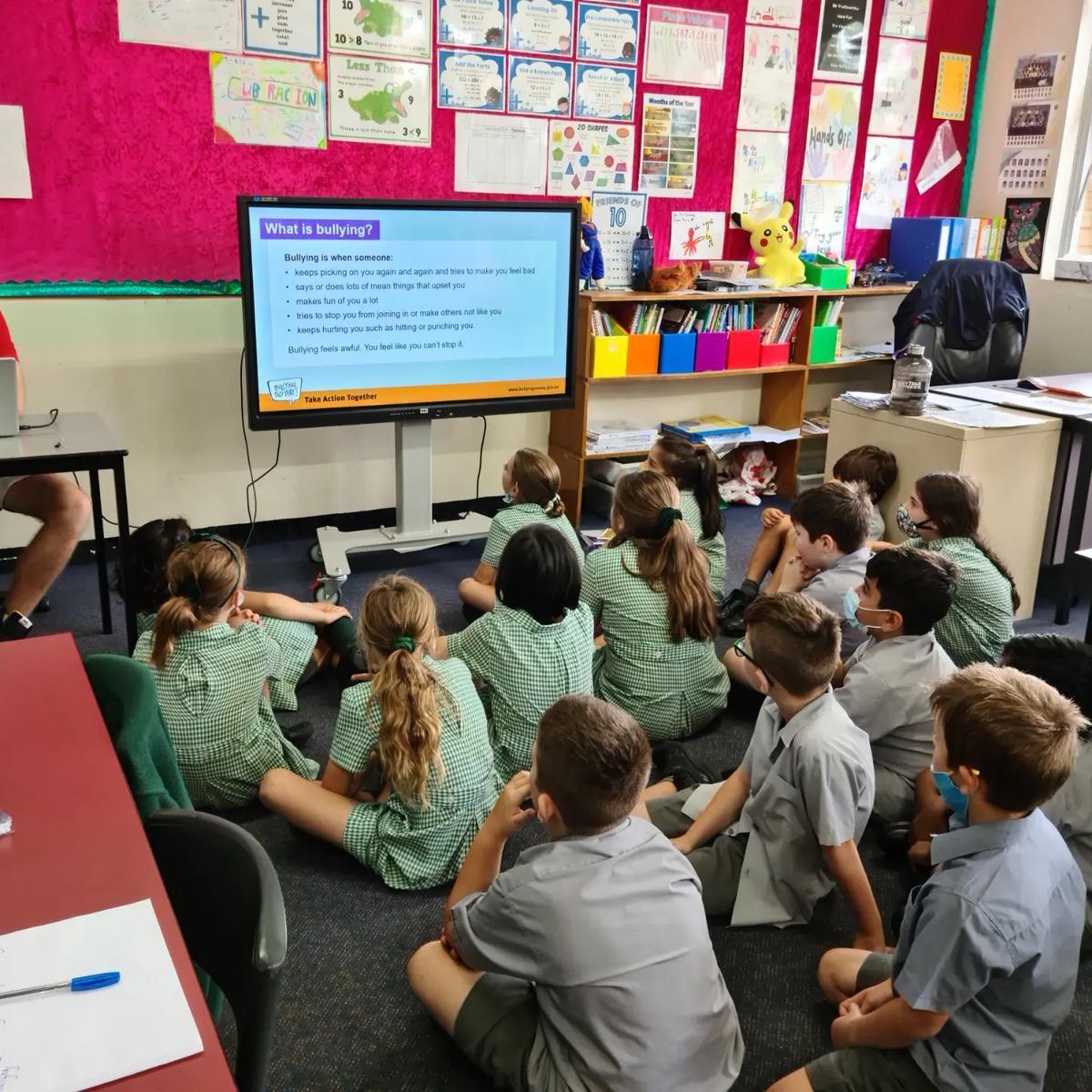




It was a fantastic exercise that I hope brought some insight to the kids. This day is important to the mental health and wellbeing of all children.
Every Monday, the children of Year 3/4 take part in a Spelling test through a program called Literacy Planet. Our words come from a program called Sound Waves which teaches spelling through sounds. Each week, the children have an assortment of words based around a particular sound. They take part in a spelling test targeted to their level and they compile a list of 10 words which becomes their spelling list for the week.
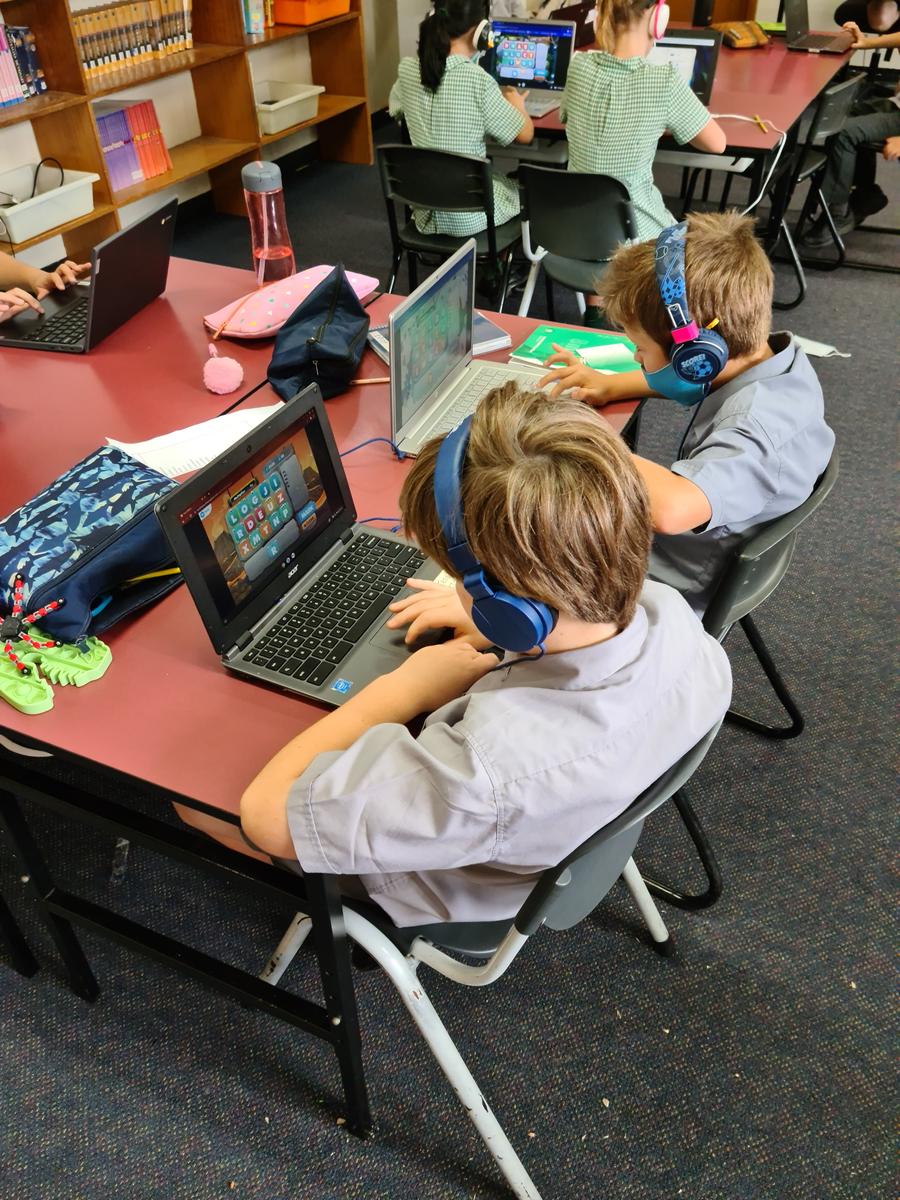
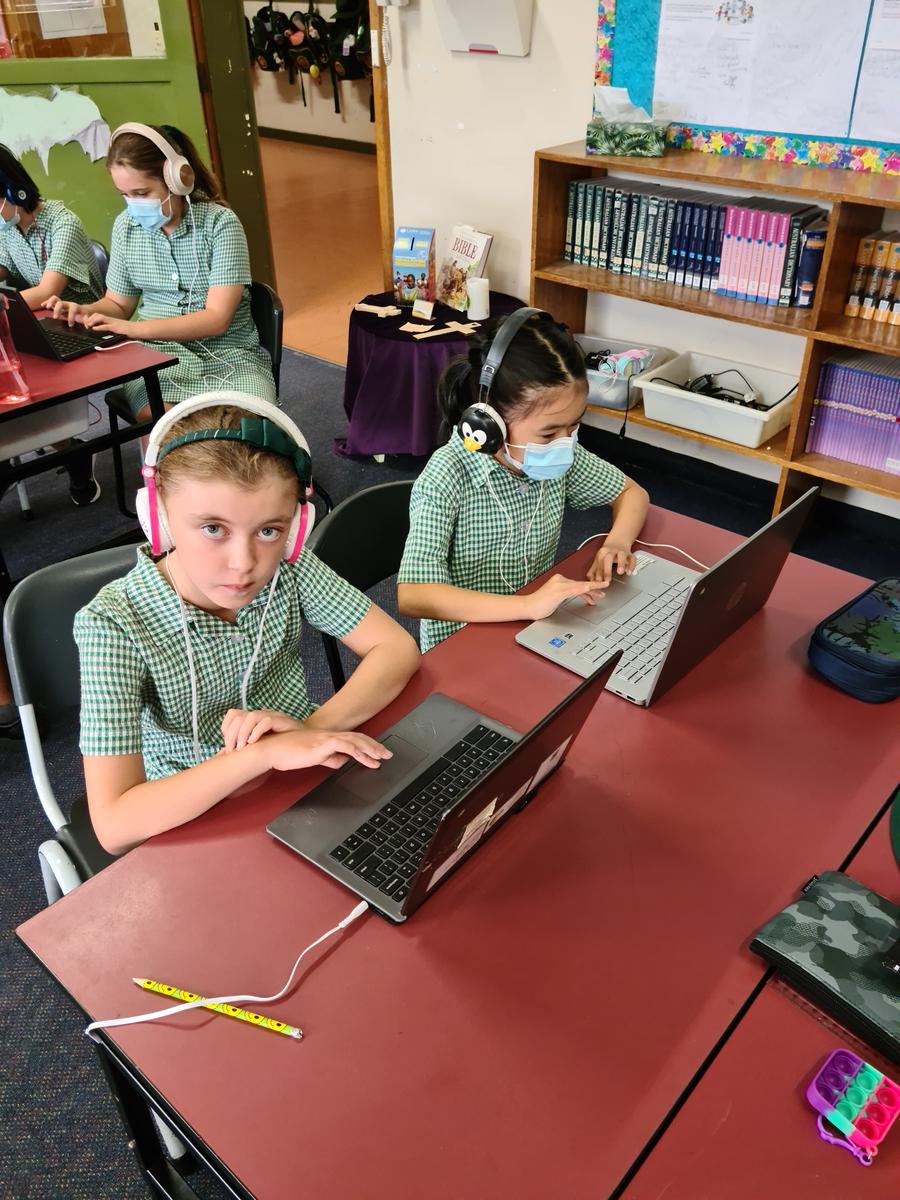




When using Literacy Planet, the children input their spelling words and the program creates a collection of activities based on their list of words. It is very clever because it helps the children learn their particular words through fun activities and games. The kids love it and they have so many activities to choose from. I am very proud of my students when all their hard work of practising their words during the week, shows in the results of their post test on Friday mornings.
Before our Mathematics lessons, the children take part in a warm up game to get their mathematics juices flowing. Two of our favourite games are Buzz! and 21.
These games are designed to help children with counting, addition, multiplication, and number facts.
Buzz! is a game where students stand in a circle and choose a number (usually whichever times tables we are learning that week). The aim of the game is to get to a particular number as a group. If we choose the number 4, we move around the circle, counting by ones and every multiple of 4 is replaced with the word BUZZ! For example:
1, 2, 3, BUZZ!, 4, 5, 6, 7, BUZZ!, 9, 10, 11, BUZZ! If someone makes a mistake, we have to start again at 1.
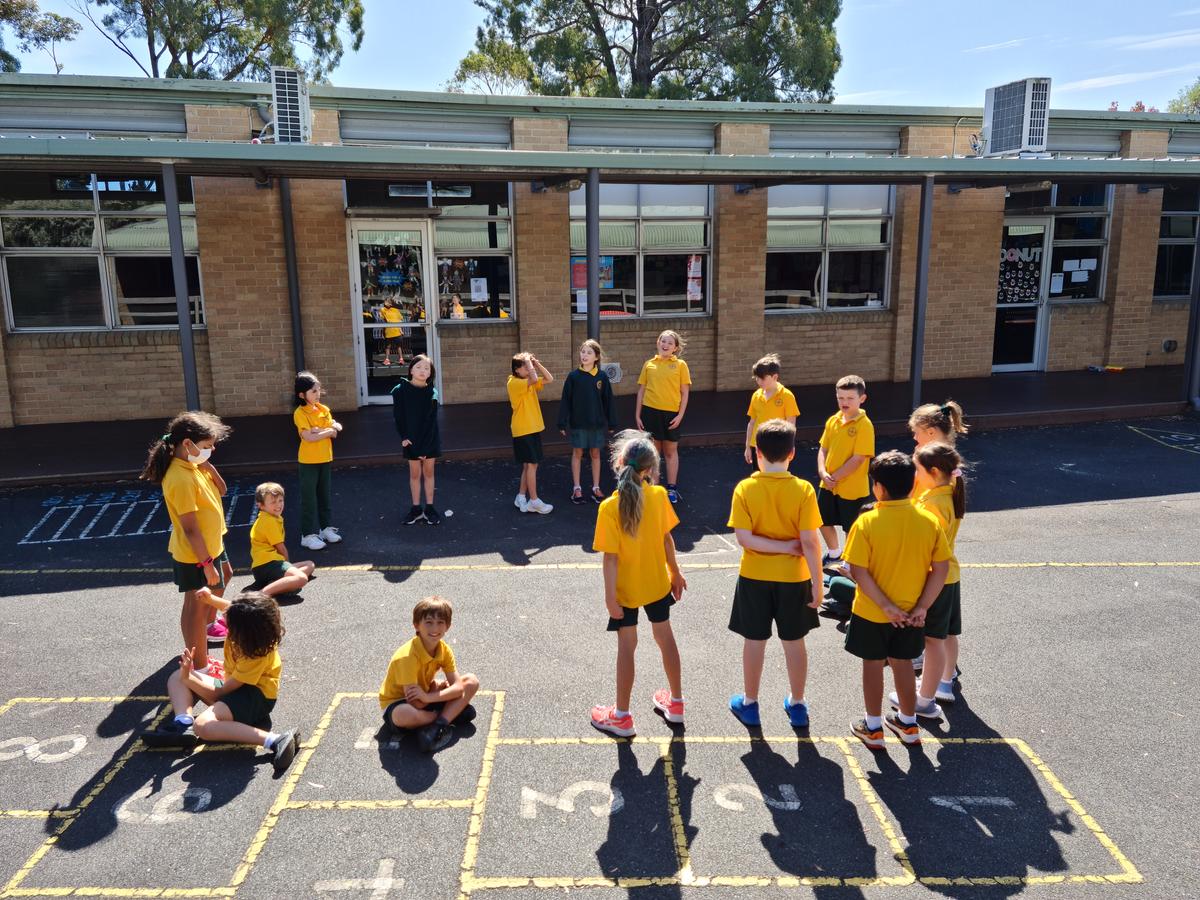
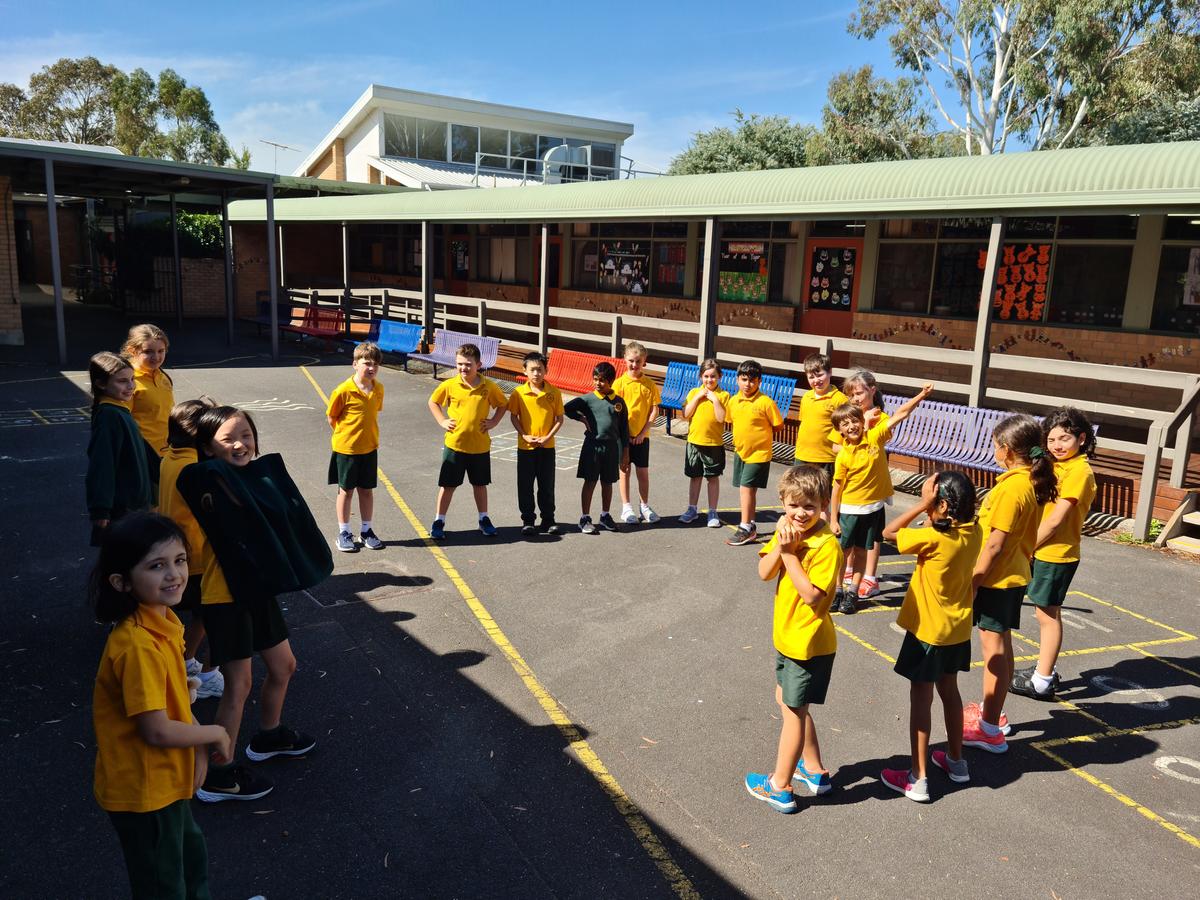


21 is a game with a bit more competition. It involves luck and strategy. In a circle, we choose a student to start. The first person starts by choosing either 1, 2 or 3. The next person needs to add either 1, 2 or 3 to the last number, and we keep moving around the circle adding 1, 2 or 3. Once we get to 21, the person who would say 21 is out. For example:
student one starts by saying ‘3’; student two adds 2 so they say ‘5’; student three adds 3 and says ‘8’; we keep going until a student gets to ‘21’ then they sit down and we start back at 1, 2 or 3. The last student standing is declared the winner. The students love this game because anyone has an opportunity to win.
Before we start a new topic in Mathematics, it is important to test the students to see what they already know about that topic. Understanding a child’s current knowledge about that topic helps me design my lessons and cater for the needs of each child.
Using an assessment program called Essential Assessment, the children complete a pre test for each topic. For example, before starting our next topic on Data and Graphing, the children will sit a pre test which provides me with information about what they already know about this topic. I then create my lessons based on what the children don't know.
At the completion of the topic, the students then re-do the same test and I can compare their results to see how my lessons made an impact; this is called the post test.
These two tests make a world of difference when planning my lessons because it allows me to focus on the areas the students need support with.
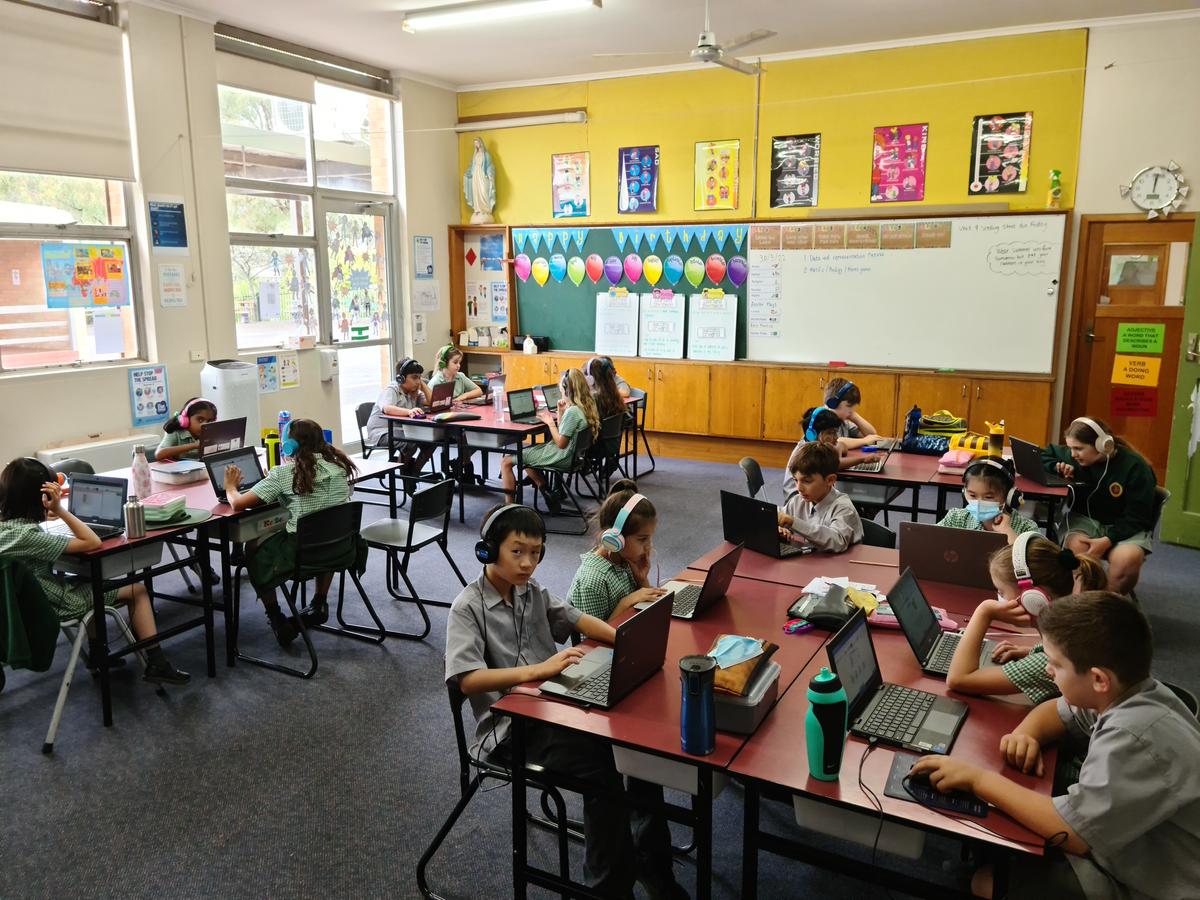
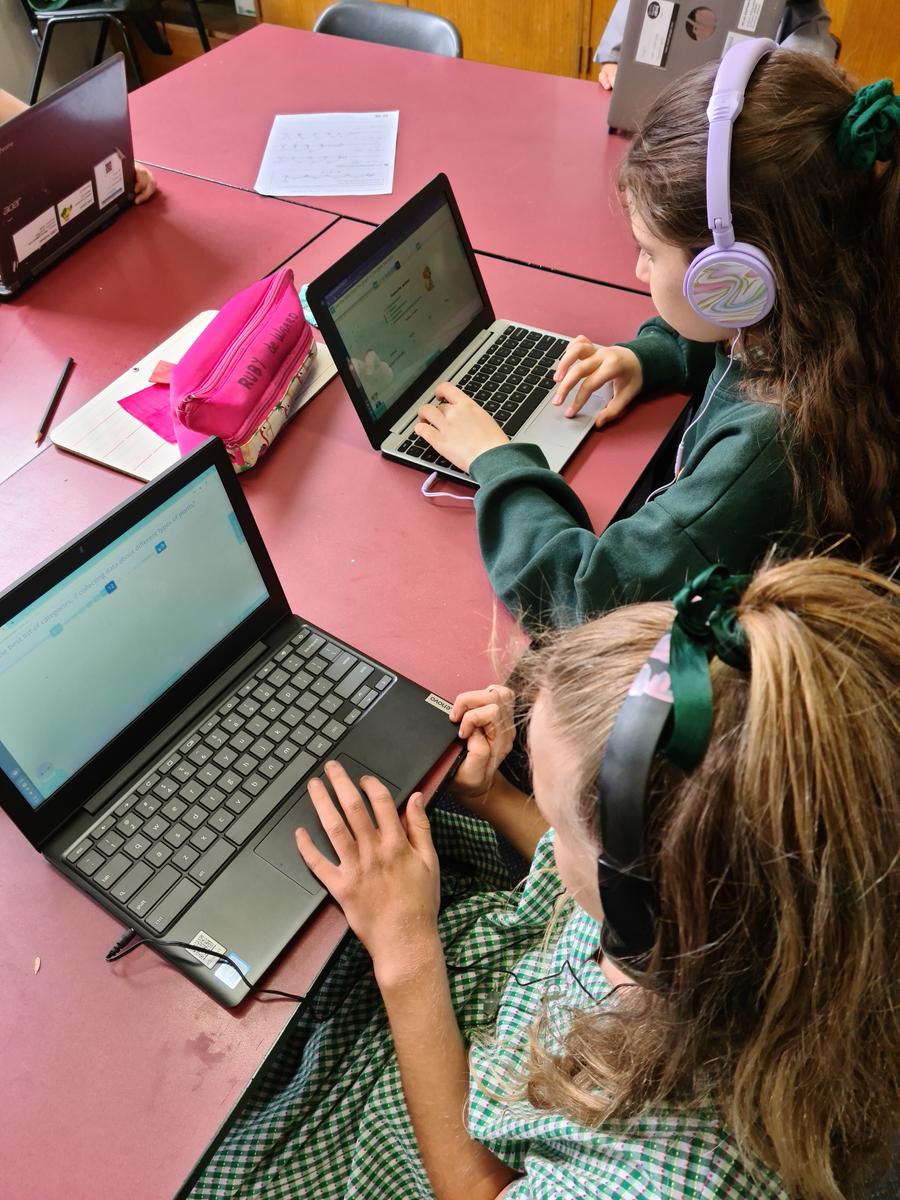
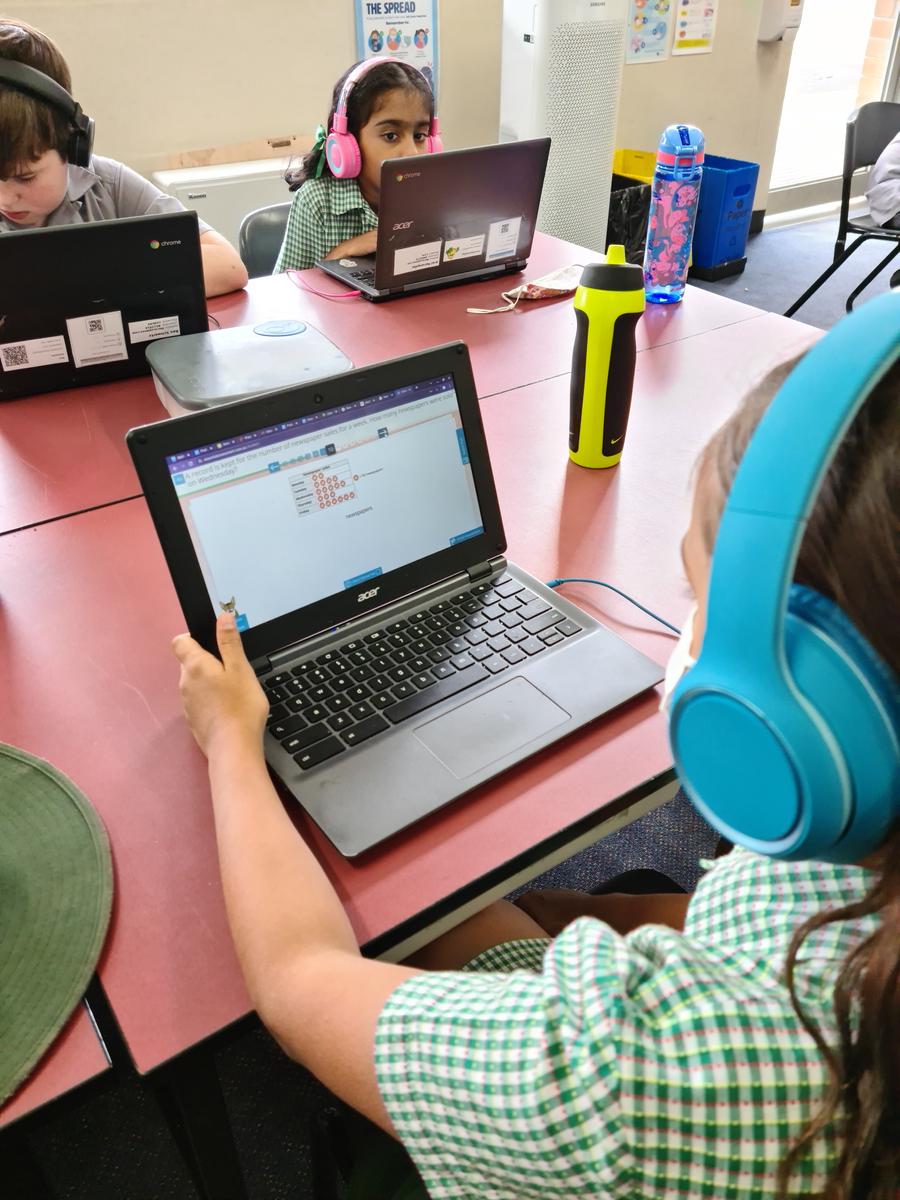





Recently, the students and I looked at the First Reading from the Mass on Sunday. The reading, from Isaiah, is about all the things God does for his people. God is good and provides many important things that we should be thankful for.
The children and I created a list of all the things we have in life that God has given us. We also discussed the meaning of the words ‘grateful,’ ‘gratitude,’ and ‘thankful.’
The students then chose one of the things from our list and created a poster to show their idea. At a recent Assembly, the children presented their posters and shared what they are grateful for. They all well and I was so impressed with how creative their posters were.
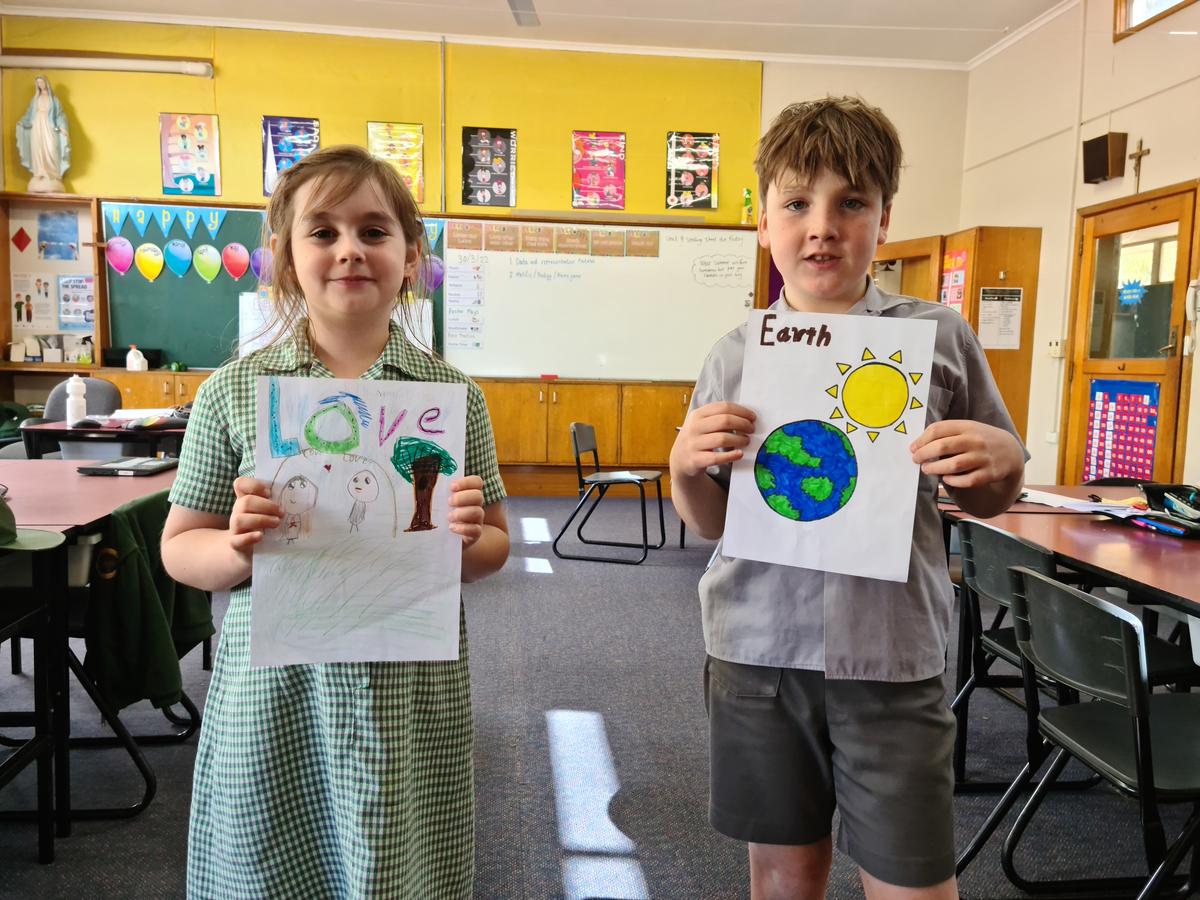

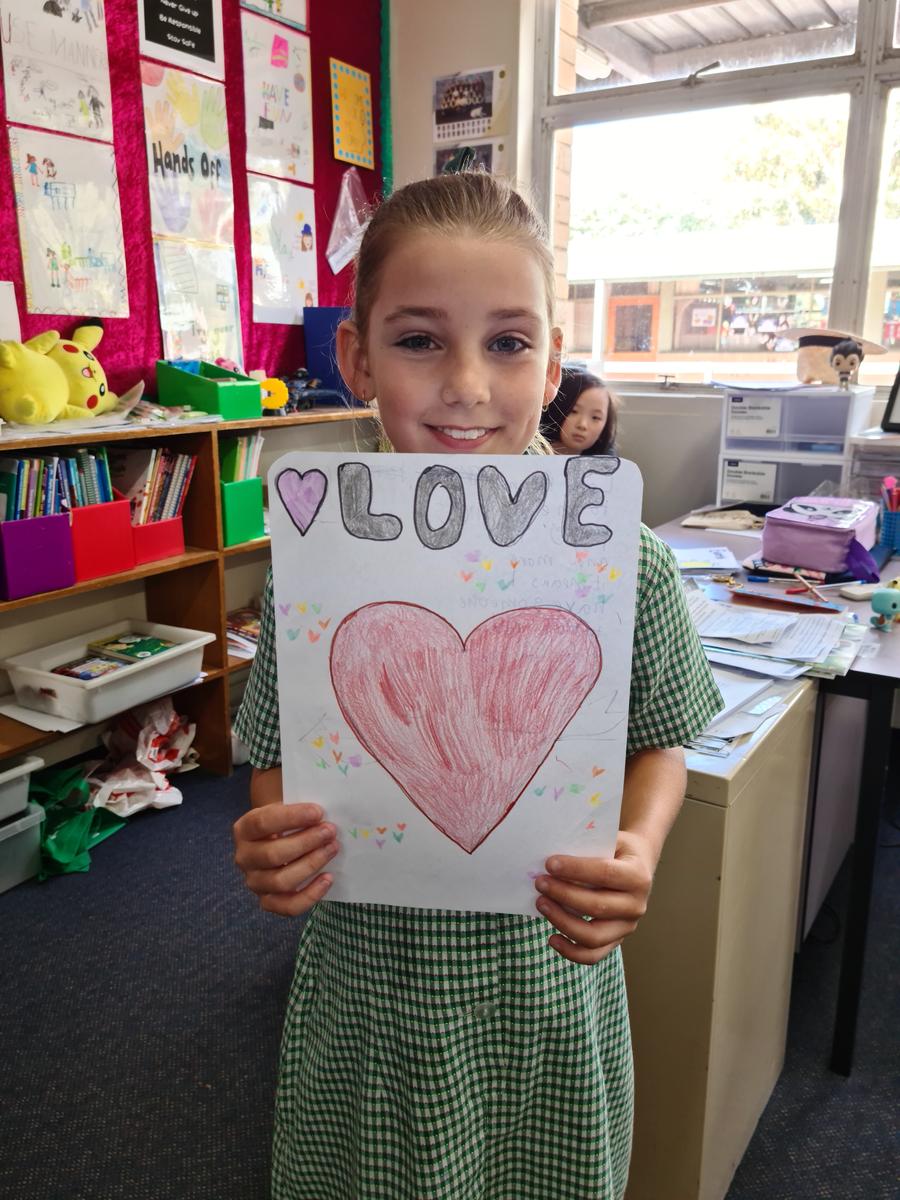



In Writing, the students in Year 3/4 have been learning about the structure of writing using the Seven Steps to Writing Success. Last week, we have been learning about Step 5: Show, Don’t Tell. This step is all about adding descriptive language to our writing to create an image in the reader’s mind. This idea focuses on showing the audience what is happening in a scene rather than telling them what is happening.
For example, I could tell you that my character, Jim, is generous or I could show you Jim is generous by explaining in my story that Jim donated money to a local children’s basketball team because they could not afford a uniform.
Here is another example that the class and I wrote together:
Tell: My dog, Buddy, is very cute.
Show: My dog, Buddy, has a very big smile when he is happy. He can jump into the air and his tail wags very quickly. His ears are very large and fluffy, just like his body. He has huge, adorable eyes that sparkle in the sun. When he really wants food, he will give us ‘puppy dog eyes’ and whimper very quietly. We play fetch together. I throw a little, red ball which squeaks when he picks it up in his slobbery mouth.
Kind Regards
Mr Tom Brophy
Year 3/4 Classroom Teacher